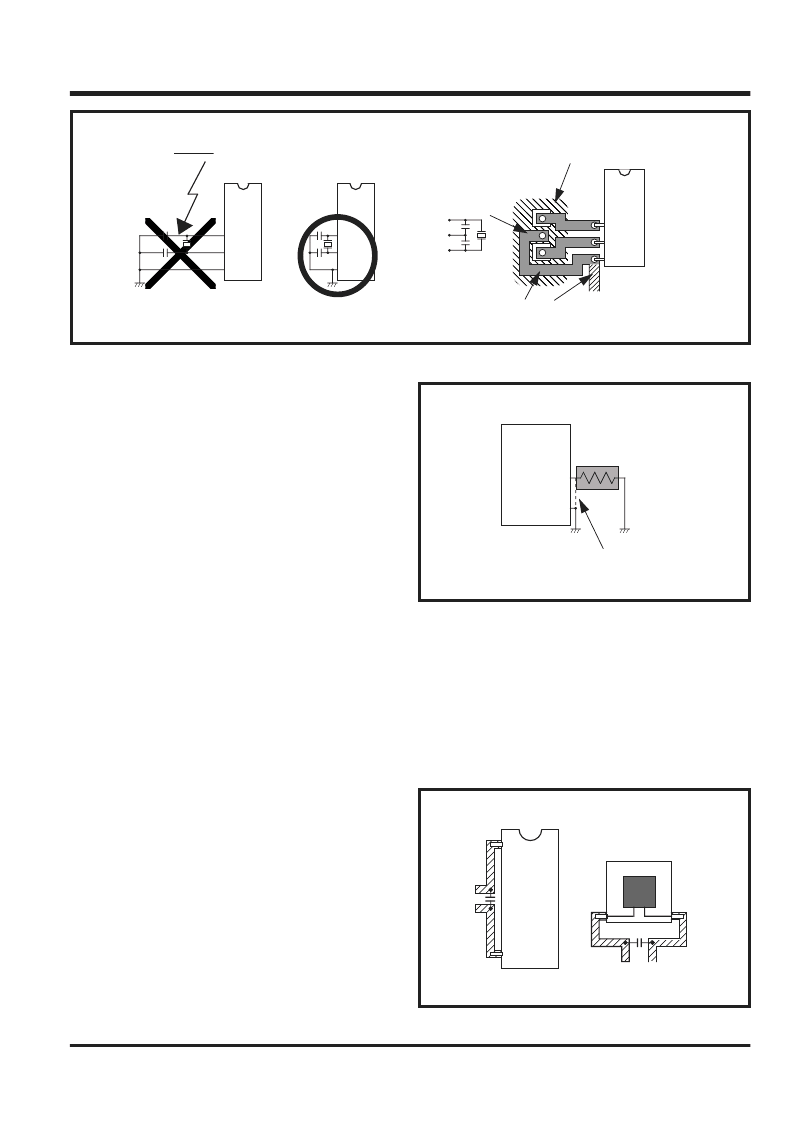- 您現(xiàn)在的位置:買賣IC網(wǎng) > PDF目錄370874 > M38026M5D896SS (Mitsubishi Electric Corporation) 1 watt dc-dc converters PDF資料下載
參數(shù)資料
| 型號: | M38026M5D896SS |
| 廠商: | Mitsubishi Electric Corporation |
| 元件分類: | DC/DC變換器 |
| 英文描述: | 1 watt dc-dc converters |
| 中文描述: | 1瓦的DC - DC轉換器 |
| 文件頁數(shù): | 155/207頁 |
| 文件大?。?/td> | 2389K |
| 代理商: | M38026M5D896SS |
第1頁第2頁第3頁第4頁第5頁第6頁第7頁第8頁第9頁第10頁第11頁第12頁第13頁第14頁第15頁第16頁第17頁第18頁第19頁第20頁第21頁第22頁第23頁第24頁第25頁第26頁第27頁第28頁第29頁第30頁第31頁第32頁第33頁第34頁第35頁第36頁第37頁第38頁第39頁第40頁第41頁第42頁第43頁第44頁第45頁第46頁第47頁第48頁第49頁第50頁第51頁第52頁第53頁第54頁第55頁第56頁第57頁第58頁第59頁第60頁第61頁第62頁第63頁第64頁第65頁第66頁第67頁第68頁第69頁第70頁第71頁第72頁第73頁第74頁第75頁第76頁第77頁第78頁第79頁第80頁第81頁第82頁第83頁第84頁第85頁第86頁第87頁第88頁第89頁第90頁第91頁第92頁第93頁第94頁第95頁第96頁第97頁第98頁第99頁第100頁第101頁第102頁第103頁第104頁第105頁第106頁第107頁第108頁第109頁第110頁第111頁第112頁第113頁第114頁第115頁第116頁第117頁第118頁第119頁第120頁第121頁第122頁第123頁第124頁第125頁第126頁第127頁第128頁第129頁第130頁第131頁第132頁第133頁第134頁第135頁第136頁第137頁第138頁第139頁第140頁第141頁第142頁第143頁第144頁第145頁第146頁第147頁第148頁第149頁第150頁第151頁第152頁第153頁第154頁當前第155頁第156頁第157頁第158頁第159頁第160頁第161頁第162頁第163頁第164頁第165頁第166頁第167頁第168頁第169頁第170頁第171頁第172頁第173頁第174頁第175頁第176頁第177頁第178頁第179頁第180頁第181頁第182頁第183頁第184頁第185頁第186頁第187頁第188頁第189頁第190頁第191頁第192頁第193頁第194頁第195頁第196頁第197頁第198頁第199頁第200頁第201頁第202頁第203頁第204頁第205頁第206頁第207頁

3802 GROUP USER’S MANUAL
3-29
APPENDIX
3.4 Countermeasures against noise
Fig. 3.4.2 Wiring for clock I/O pins
(3) Wiring for the V
PP
pin of the One Time PROM
version and the EPROM version
(In this microcomputer the V
PP
pin is also used
as the CNV
SS
pin)
Connect an approximately 5 k
resistor to theV
PP
pin the shortest possible in series and also to the V
SS
pin. When not connecting the resistor, make the
length of wiring between the V
PP
pin and the V
SS
pin
the shortest possible.
Note:Even when a circuit which inclued an
approximately 5 k
resistor is used in the Mask ROM
version, the maicrocomputer operates correctly.
Reason
The V
PP
pin of the One Time PROM and the EPROM
version is the power source input pin for the built-in
PROM. When programming in the built-in PROM,
the impedance of the V
PP
pin is low to allow the
electric current for wiring flow into the PROM. Be-
cause of this, noise can enter easily. If noise enters
the V
PP
pin, abnormal in struction codes or data are
read from the built-in PROM, which may cause a
program runaway.
3.4.2 Connection of a bypass capacitor across the
Vss line and the Vcc line
Connect an approximately 0.1
μ
F bypass capacitor
across the V
SS
line and the V
CC
line as follows:
G
Connect a bypass capacitor across the V
SS
pin
and the V
CC
pin at equal length .
G
Connect a bypass capacitor across the V
SS
pin
and the V
CC
pin with the shortest possible wiring.
G
Use lines with a larger diameter than other signal
lines for V
SS
line and V
CC
line.
Fig. 3.4.3 Wiring for the V
PP
pin of the One Time PROM
and the EPROM version
Fig. 3.4.4 Bypass capacitor across the V
SS
line and
the V
CC
line
V
SS
V
CC
V
SS
V
CC
Chip
X
IN
X
OUT
V
SS
An example of V
SS
patterns on the
underside of a printed circuit board
Oscillator wiring
pattern example
Separate the V
SS
line for oscillation from other V
SS
lines
Noise
X
IN
X
OUT
V
SS
X
IN
X
OUT
V
SS
N.G.
O.K.
CNV
SS
/V
PP
Approximately
5k
3802 group
V
SS
Make it the shortest possible
相關PDF資料 |
PDF描述 |
|---|---|
| M38026M6-896FP | 1 watt dc-dc converters |
| M38026M6-896FS | 1 watt dc-dc converters |
| M38026M6-896SP | 1 watt dc-dc converters |
| M38026M6-896SS | 1 watt dc-dc converters |
| M38026M6D896FP | 1 watt dc-dc converters |
相關代理商/技術參數(shù) |
參數(shù)描述 |
|---|---|
| M38027E8FP | 制造商:Renesas Electronics Corporation 功能描述:M16C FLASH 256K/20K, 24MHZ,DMA,I2C,IEBU - Trays |
| M38027E8FP#U0 | 制造商:Renesas Electronics Corporation 功能描述:M16C FLASH 256K/20K, 24MHZ,DMA,I2C,IEBU -LEAD FREE VERSION - Trays |
| M38027E8FS | 制造商:Renesas Electronics Corporation 功能描述:MCU 8BIT 740 CISC 32KB EPROM 3.3V/5V 64CLCC - Bulk |
| M38027E8SS | 制造商:Renesas Electronics Corporation 功能描述:MCU 8BIT 740 CISC 32KB EPROM 3.3V/5V 64PIN SDIP - Bulk |
| M3802-BLACK-100 | 制造商:Alpha Wire 功能描述: |
發(fā)布緊急采購,3分鐘左右您將得到回復。